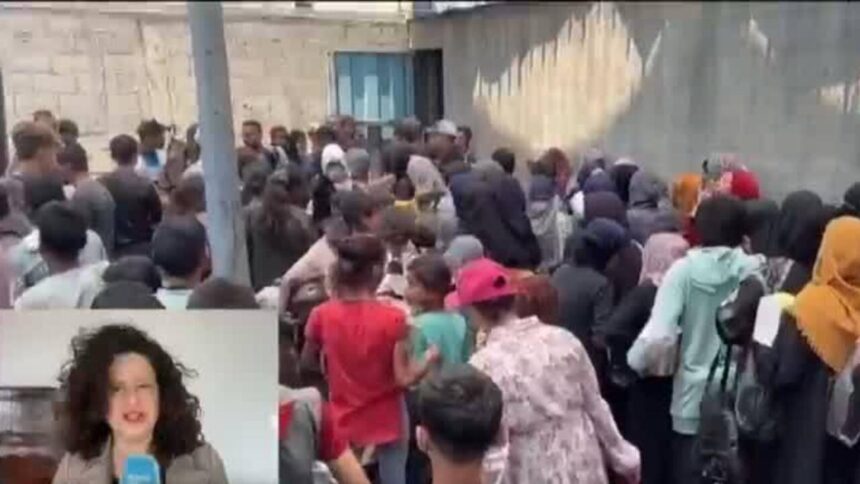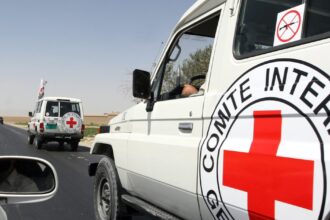The first day of Eid al-Adha, typically a time of celebration and feasting across the Muslim world, began with stark austerity in Gaza this weekend as Palestinians faced what experts are calling the most severe food crisis in recent memory.
In the crowded streets of Rafah and central Gaza, where over 2 million Palestinians are now concentrated, families struggled to observe even minimal holiday traditions. Muhammad Al-Najjar, a father of four displaced from northern Gaza, described the situation as “unrecognizable.”
“This is not Eid as we know it,” Al-Najjar told me during a video call from a makeshift shelter. “There is no meat for sacrifice, no new clothes for children, and most painfully, no consistent meals. We are surviving on whatever aid trickles through checkpoints.”
According to the World Food Programme, over 96% of Gaza’s population faces acute food insecurity. The organization’s regional director characterized the situation as “unprecedented in scale and rapidly deteriorating.”
The traditional Eid al-Adha sacrifice, where families slaughter livestock and distribute meat to family and those in need, has become virtually impossible. Livestock prices have increased tenfold since the conflict intensified, putting them far beyond reach for most families. Even those with financial resources find markets empty as Israel’s restrictions on aid and commercial imports continue.
Humanitarian organizations attempting to deliver food aid report significant challenges. Mercy Corps regional director Sarah Hashim told me, “Our trucks wait days at crossings, often turned back or delayed until perishable food spoils. The bureaucratic obstacles are as formidable as the physical ones.”
Children have been particularly affected by the crisis. UNICEF reports that cases of malnutrition among children under five have quadrupled since October, with medical facilities documenting the first deaths directly attributed to malnutrition in April.
Dr. Khalil Darwish, working at Al-Aqsa Hospital, described treating children suffering from the effects of prolonged hunger. “We’re seeing clinical symptoms we previously only read about in medical textbooks—severe protein deficiency, marasmus, stunted development. These conditions will have lifelong consequences.”
The crisis extends beyond physical hunger. Traditional Eid customs that build community resilience—shared meals, visiting relatives, gift-giving—have been rendered impossible, eroding social bonds at precisely the moment they’re most needed.
In areas like Khan Younis, residents reported waiting up to 12 hours for bread distributions that sometimes run out before everyone is served. “We are being forced to choose which family member eats each day,” said Amal Saadeh, a mother of six. “No mother should face such decisions.”
The international community has called for immediate expansion of humanitarian corridors and the enforcement of recent International Court of Justice rulings mandating unimpeded aid access. However, implementation remains elusive as diplomatic pressure fails to translate into consistent on-ground improvements.
As night fell on the first day of Eid al-Adha in Gaza, the traditional festive lights were absent, replaced by occasional flashlights and candles in darkened homes. The sounds of celebration gave way to the quiet determination of a population struggling to maintain dignity amid deprivation.
As the world watches another holiday unfold under catastrophic humanitarian conditions, the question remains: what will it take for Gaza’s food crisis to receive the emergency response it so desperately requires, and what lasting trauma will this generation of Palestinians carry from an Eid defined not by abundance, but by its absence?
Reporting contributed by CO24’s Middle East bureau and wire services. For ongoing coverage of the humanitarian situation in Gaza, visit our dedicated portal.

























